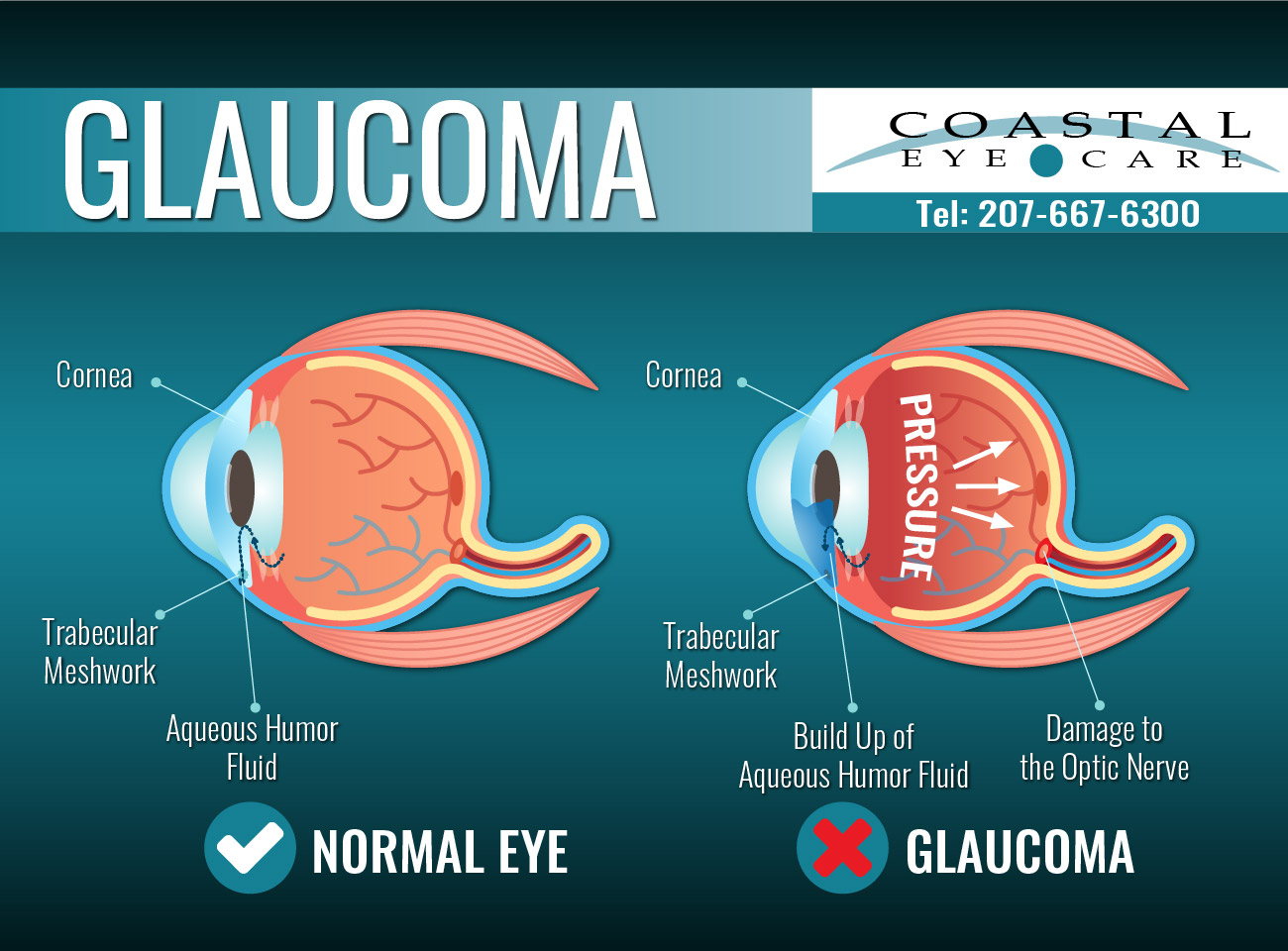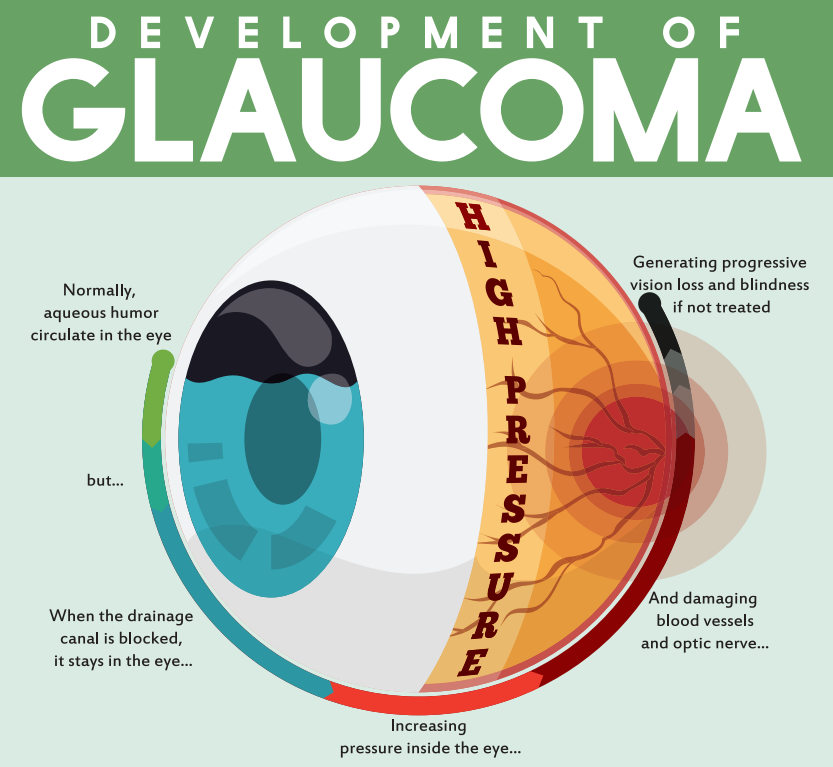Experienced Retina Service Near Me: Comprehensive Eye Care Solutions
Experienced Retina Service Near Me: Comprehensive Eye Care Solutions
Blog Article
Understanding the Various Vision Modification Procedures Available for Clearer Sight
In the world of vision modification treatments, a wide range of choices exist to resolve refractive errors and offer individuals with more clear view. From the widely identified LASIK surgical procedure to less intrusive treatments like PRK and implantable lenses, the field of ophthalmology supplies a series of methods tailored to fit various requirements and choices. Each procedure features its own set of factors to consider, benefits, and prospective risks. Recognizing the nuances of these vision modification techniques is important for making informed decisions regarding one's aesthetic health and wellness. Let's check out the complexities of these procedures and lost light on the path to attaining improved vision quality.
LASIK Surgery
LASIK surgical treatment is a typical refractive treatment utilized to correct vision problems such as farsightedness, nearsightedness, and astigmatism - glaucoma service near me. This surgical method, which represents Laser-Assisted in Situ Keratomileusis, aims to reshape the cornea to improve how light is concentrated on the retina, inevitably improving vision clearness. During the treatment, a slim flap is created on the cornea, and a laser is used to remove exact amounts of tissue to improve it properly. This reshaping permits light to be precisely concentrated onto the retina, correcting refractive mistakes.
One of the key advantages of LASIK surgery is the rapid renovation in vision experienced by clients. Numerous individuals discover a considerable improvement in their vision right away after the procedure. Furthermore, most people report minimal discomfort and discomfort during the surgery and healing duration. The healing time for LASIK is fairly fast, with many people going back to their day-to-day tasks within a day or 2 post-operation. Overall, LASIK surgical treatment is a preferred choice for people seeking a long-term solution for their vision issues.
PRK Treatment
While also an usual refractive treatment, the PRK (Photorefractive Keratectomy) strategy varies from LASIK surgical procedure in its method to remedying vision problems. In PRK, as opposed to producing a flap on the cornea, the outer layer of the cornea, called the epithelium, is completely removed. This permits the laser to reshape the cornea to correct refractive errors such as astigmatism, nearsightedness, and farsightedness straight on the surface area.

In spite of the longer recovery time, PRK can produce outstanding outcomes in vision renovation, making it a valuable option for those that might not appropriate prospects for LASIK surgical procedure.
Implantable Lenses
Unlike PRK where the cornea is reshaped straight, implantable lenses provide an additional method for remedying vision by inserting artificial lenses inside the eye. This treatment is especially advantageous for people with high degrees of farsightedness, astigmatism, or nearsightedness that might not appropriate prospects for laser surgeries like LASIK or PRK.
Implantable lenses, also known as phakic intraocular lenses, job by supplementing the eye's natural lens with a man-made one. refractive surgeries in al. These lenses can be click here to read positioned in front of the all-natural lens (anterior chamber) or behind the iris and in front of the all-natural lens (posterior chamber) By adjusting the power and positioning of these lenses, ophthalmologists can efficiently correct refractive mistakes and enhance aesthetic acuity
One advantage of implantable lenses is that they are detachable and exchangeable, giving flexibility for future adjustments. Nonetheless, just like any kind of procedure, there are threats involved, such as infection or cataract formation. People considering implantable lenses should speak with an eye treatment professional to identify the most appropriate alternative based on their individual needs and eye health and wellness.
Corneal Rings
Corneal rings, also called intracorneal ring sections, are tiny, clear tools placed into the cornea to remedy vision distortions such as keratoconus. Keratoconus is a condition where the cornea thins and protrudes outward, discover here triggering vision to come to be altered. The insertion of corneal rings aids to squash the cornea, boosting aesthetic acuity and reducing the irregular astigmatism brought on by keratoconus.
The procedure for putting corneal rings is minimally invasive and fairly fast, usually carried out as an outpatient procedure. During the surgical treatment, the ophthalmologist makes a small cut in the cornea and inserts the rings at a specific deepness. When in position, the rings assist to reshape the cornea, giving a smoother surface area for light to go into the eye, which can lead to clearer vision.
Corneal rings are considered a reversible procedure, as they can be eliminated or replaced if required. glaucoma service near me. While they may not completely remove the demand for glasses or get in touch with lenses, corneal rings can significantly improve vision quality and overall visual convenience for individuals with keratoconus or other corneal irregularities
Refractive Lens Exchange
Complying with the improvement of corneal abnormalities with procedures like corneal rings, another vision modification technique that can resolve refractive errors is Refractive Lens Exchange (RLE) RLE is a surgical treatment that involves changing the eye's natural lens with a synthetic intraocular lens (IOL) to remedy refractive mistakes such as farsightedness, presbyopia, and nearsightedness. This treatment is particularly helpful for individuals who may not appropriate candidates for treatments like LASIK or PRK because of elements such as thin corneas or high refractive mistakes.

Final Thought
In verdict, there are various vision adjustment treatments available to aid individuals attain more clear view. LASIK surgical treatment, PRK procedure, implantable lenses, corneal rings, and refractive lens exchange are all alternatives that can address various vision concerns.
In the world of vision correction treatments, a wide variety of choices exist to address refractive mistakes and provide individuals with more clear sight.LASIK surgical treatment is a common refractive procedure used to deal with vision troubles such as astigmatism, farsightedness, and nearsightedness.While also a typical refractive treatment, the PRK (Photorefractive Keratectomy) strategy differs from LASIK surgery in its approach to remedying vision problems.Complying with the improvement of corneal irregularities with treatments like corneal rings, an additional vision modification technique that can attend to refractive errors is Refractive Lens Exchange (RLE) LASIK surgical procedure, PRK treatment, implantable lenses, corneal rings, and refractive lens exchange are all choices that can attend to different vision problems.
Report this page